At MADIC group, tomorrow's mobility is being invented today
Sint-Denijs-Westrem, oktober 18th 2021
The automotive market is affected by the health crisis, but above all by the current ecological, political and industrial objectives. The mobility sector is in turmoil and is now looking to the future with renewable energies. The use of electric vehicles is set to become more widespread and motorists who do not have the possibility of infrastructure at home will need charging points on the road. This is why service stations will have to be equipped with charging points for electric vehicles soon.
MADIC group, a French family-owned group specialising in this sector, is putting its expertise and that of its subsidiaries at the service of sustainable mobility to support service station operators in this energy transition.
Its subsidiary LAFON, which has been investing for over 10 years in the development of innovative, intelligent and scalable solutions for greener mobility, offers a complete range of normal, accelerated, fast and ultra-fast charging stations for electric vehicles, PULSE, as well as a service ranging from the supervision to the maintenance of these technologies. Through the various subsidiaries of MADIC group, LAFON’s charging stations and associated services are offered in France, the Iberian Peninsula, the United Kingdom, Belgium, Luxembourg, Italy and Mexico.
First of all, the PULSE charging stations have been designed to offer a solution adapted to the specific needs of this moving market, such as connectivity, fast charging, fast and secure payment, ergonomics and energy optimisation.
These technologies are universal. In other words, they are suitable for any type of electric vehicle on the market, thanks to their CCS, CHAdeMO and Type 2 connectors. They have also been tested to ensure full compliance with current standards.
Speed is an essential feature to consider, as users mainly stop at a service station when they are on the move and want to charge their vehicle as quickly as possible. The resilience of a charging station also plays a role in the notion of speed, since it represents the capacity to charge different vehicles without a cooling-off period for the system. The more power available at the station, the shorter the charging time. Depending on the model of PULSE charging station chosen, charging will be normal, accelerated, fast or ultra-fast. The most suitable LAFON charging stations in this case are the Pulse 50 for fast charging (50KW DC) and the Pulse 150 and 300 for ultra-fast charging (150 KW and 300 KW DC).
As for the payment method offered by the charging stations, it must be safe, simple and fast. This is why PULSE charging stations offer the payment by bank card with the contactless option which complies with electronic payment security standards.
In addition, the easy identification, the choice of the charging programme and the connection of the cable are very important for the user, at least as much as its interoperability with the operator cards. To further improve the experience of the users, LAFON is currently developing the Plug & Charge solution (ISO 15118 compliant), which allows PULSE charging stations to identify the vehicle as soon as it is connected and to authorise charging automatically. In this way, the motorist has only one action to perform: connecting the vehicle to the charging station. A reservation system also allows users to reserve their charging point before going to the station in order to avoid waiting time once there.
To help service station operators save money, PULSE charging stations are equipped with a smart charging device that distributes the available power and provides maximum energy optimisation.
Finally, to ensure the maintenance of their charging stations, service station operators can call on MADIC, also a subsidiary of MADIC group, an expert in service stations for 50 years. The company offers flexible maintenance contracts.
The DNA and experience of MADIC group make it a strong and reliable partner for the performance management of today's and tomorrow's service stations. It provides intelligent and reliable solutions, contributing to cleaner, faster and more efficient mobility.




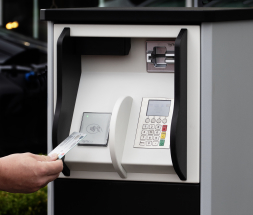
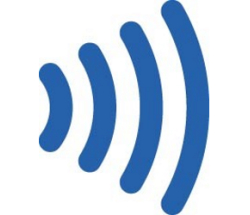
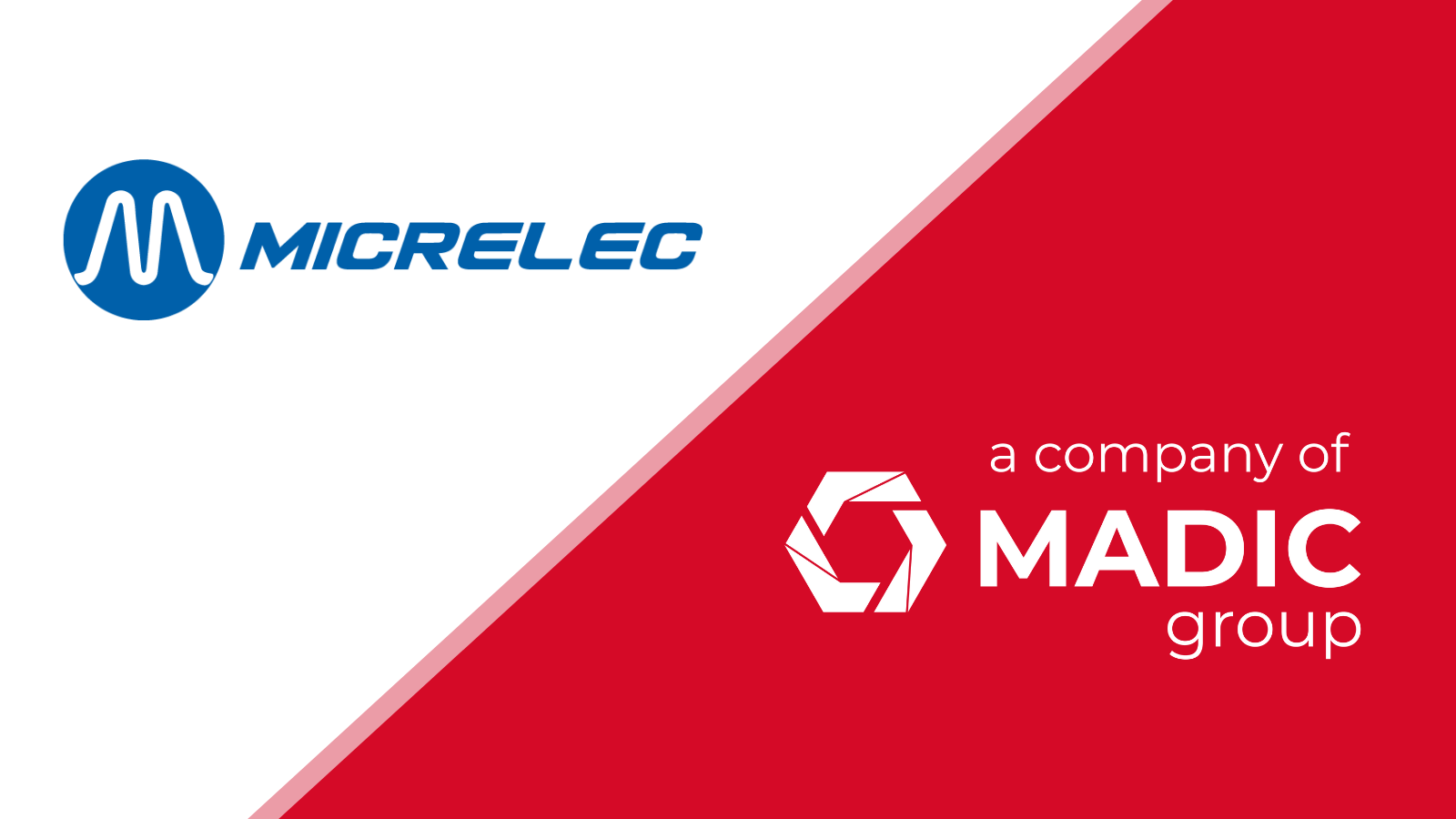

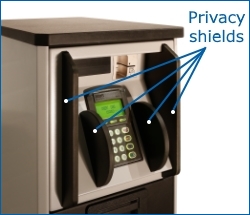

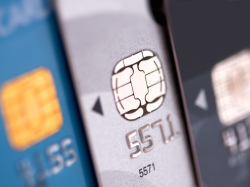 Naarmate het gebruik van bankkaarten wereldwijd steeds meer toenam, werden ook oplichters steeds meer bedreven en verfijnden hun skimming technieken.
Naarmate het gebruik van bankkaarten wereldwijd steeds meer toenam, werden ook oplichters steeds meer bedreven en verfijnden hun skimming technieken.